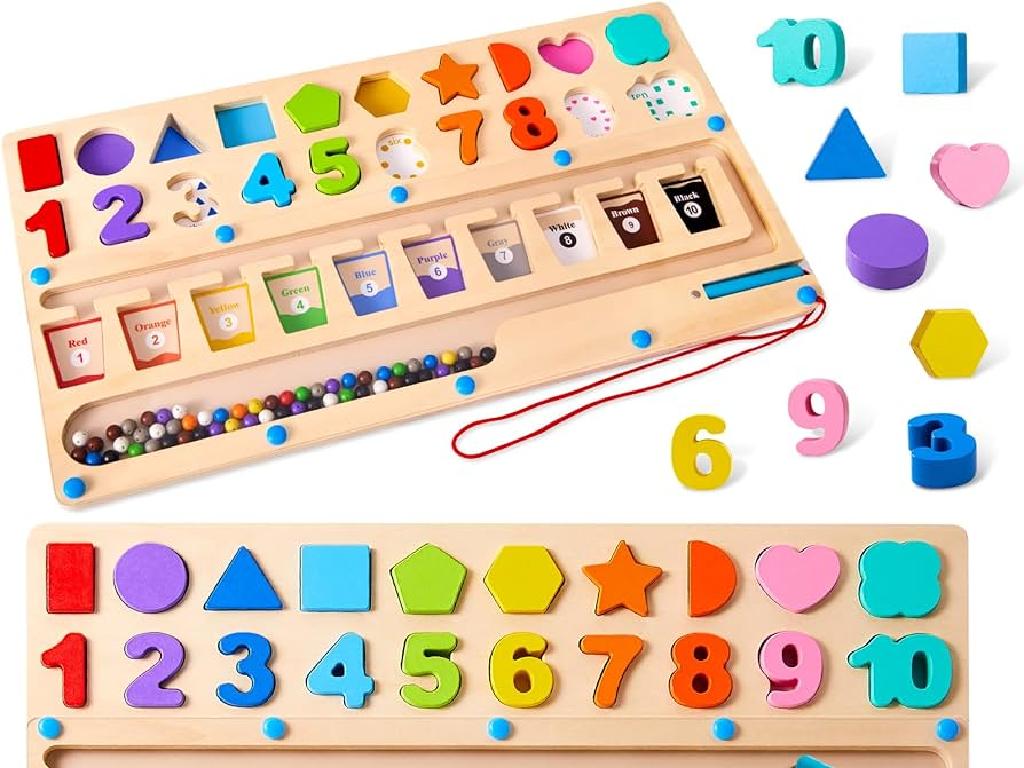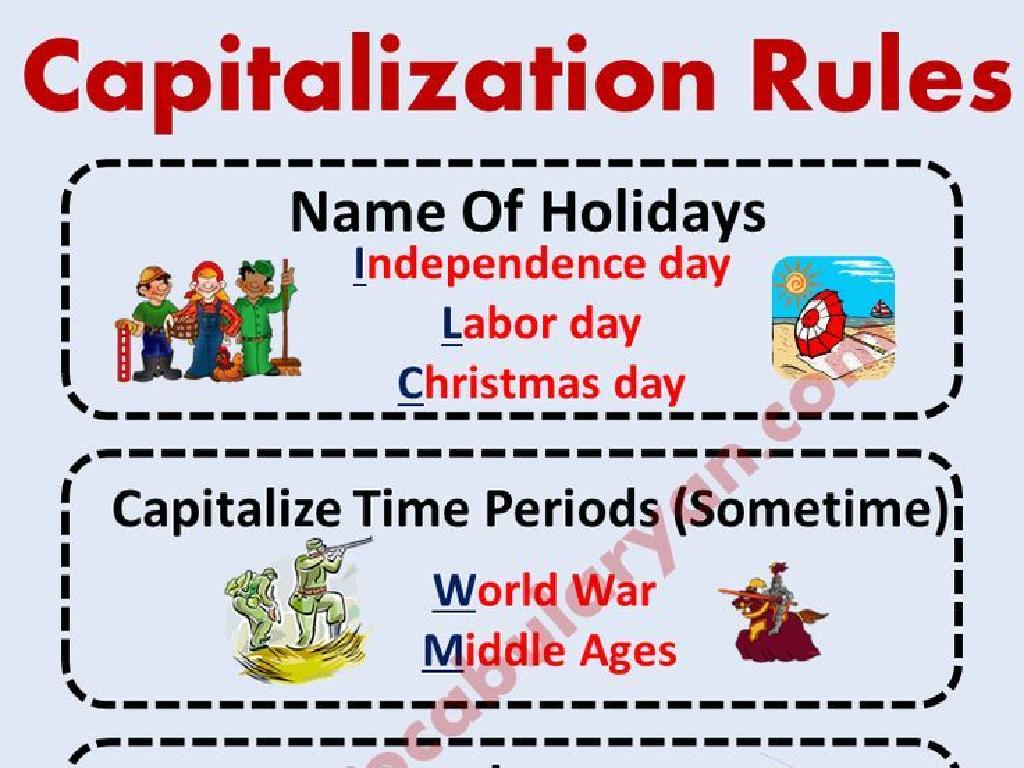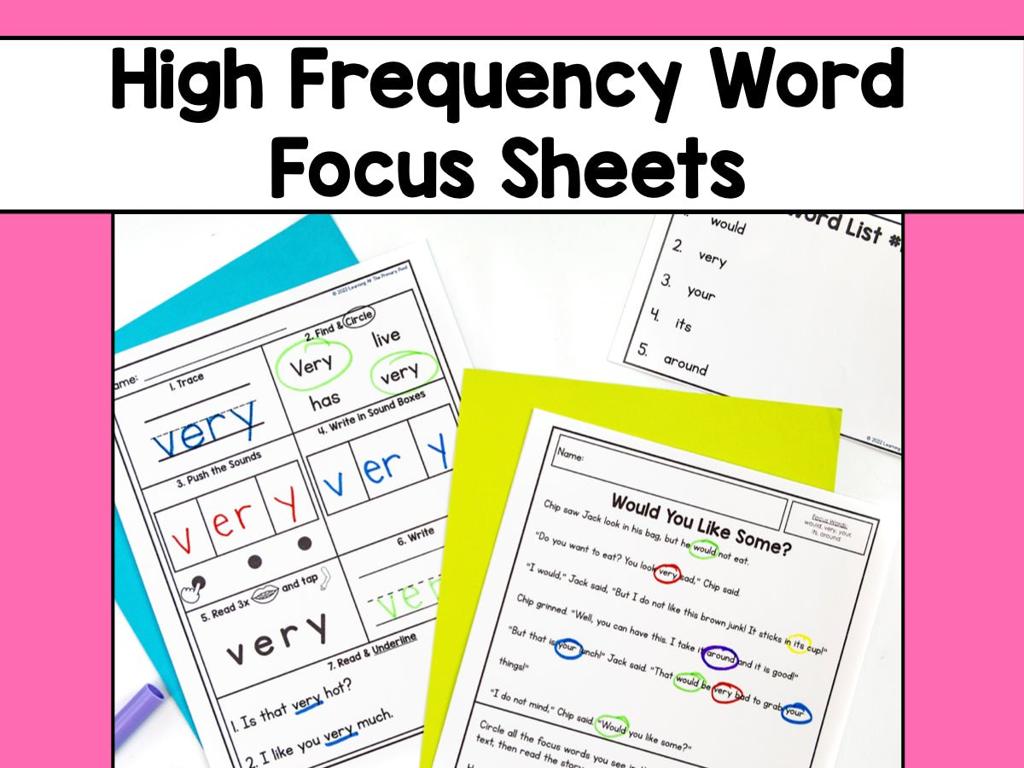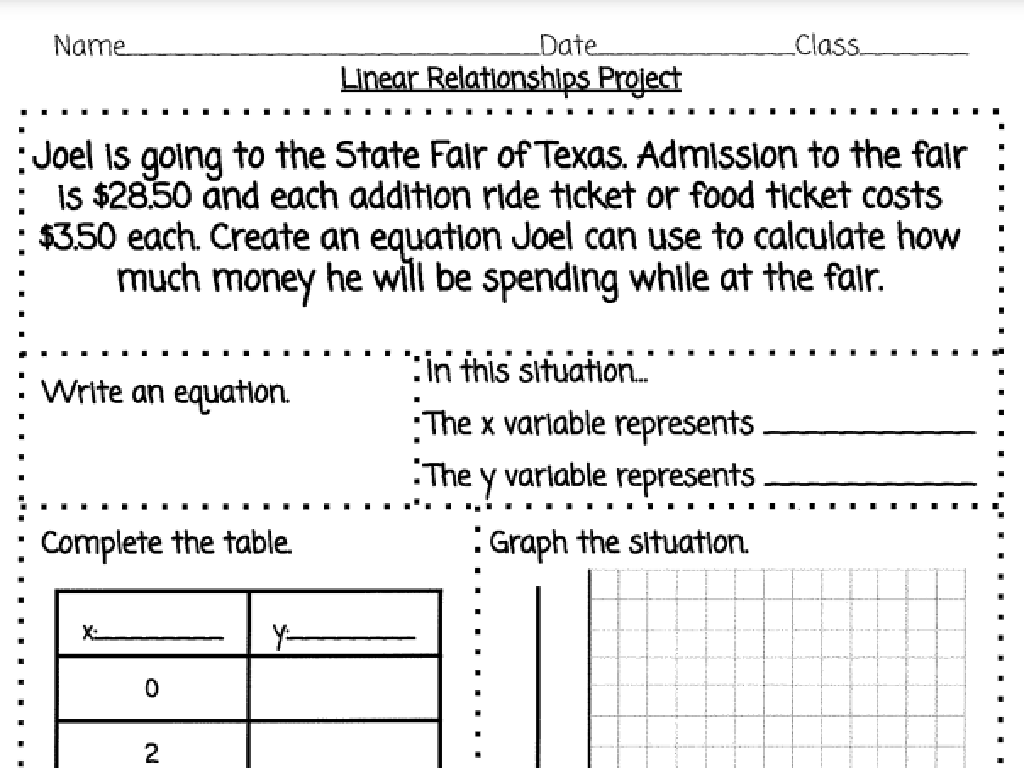Add, Subtract, Multiply, And Divide Money Amounts: Word Problems
Subject: Math
Grade: Seventh grade
Topic: Consumer Math
Please LOG IN to download the presentation. Access is available to registered users only.
View More Content
Mastering Money Math: Operations with Money
– Grasp money management basics
– Operations with money amounts
– Learn to add, subtract, multiply, and divide money
– Real-world money math applications
– Use these skills for budgeting, shopping, and saving
– Practice with word problems
– Solve problems involving purchases and change
|
This slide introduces students to the practical aspects of consumer math, focusing on the fundamental operations with money. Understanding money management is crucial for personal finance. Students will learn how to add, subtract, multiply, and divide money, which are essential skills for everyday transactions. Real-life applications include creating budgets, calculating discounts during shopping, and figuring out savings over time. Encourage students to think about how they use money in their daily lives and the importance of managing finances. Provide examples of word problems that they might encounter, such as calculating the total cost of items with tax, determining change after a purchase, or understanding interest on savings. This will help them see the relevance of math in real-world scenarios.
Adding Money in Consumer Math
– How to add money amounts
– Stack the amounts vertically, aligning the decimal points.
– Decimal points in dollars and cents
– Always place the decimal point between dollars and cents.
– Example: Weekly allowance addition
– If you get $10.50 on Monday and $15.75 on Friday, your total allowance is $26.25.
|
This slide introduces students to the concept of adding money, a vital skill in consumer math. Emphasize the importance of aligning decimal points when adding amounts of money, as this ensures accuracy in dollars and cents. Use the example of a weekly allowance to show a practical application of this skill. Students can relate to receiving an allowance and will understand the concept better with a familiar context. Encourage students to practice with different amounts and to check their work by verifying the placement of the decimal point. This will prepare them for more complex consumer math problems involving money.
Subtracting Money in Consumer Math
– Calculate expenses by subtraction
– Subtract costs from your budget to find remaining funds
– Track spending habits
– Record daily expenses to manage finances effectively
– Example: Purchases from savings
– If you have $150 saved and buy a $45 game, how much is left?
– Practice with real-life problems
|
This slide focuses on teaching students how to manage their personal finances by subtracting expenses from their total savings. It’s crucial for them to understand how to calculate their remaining funds after making a purchase. Encourage students to keep a daily record of their spending to develop good financial habits. Use relatable examples, such as subtracting the cost of a new game from their savings, to illustrate the concept. Provide additional real-life word problems for practice, ensuring they grasp the application of subtraction in managing money. This will prepare them for more complex consumer math skills and responsible financial decision-making.
Multiplying Money: Bulk Purchases
– Bulk purchases explained
– Buying in bulk often comes with discounts.
– Multiply price by quantity
– If one apple costs $0.50, 10 apples cost 10 x $0.50.
– Example: Same product, multiple items
– 5 packs of socks at $3 each, what’s the total?
– Calculating total cost
– Multiply unit price by number of items to find total.
|
This slide introduces the concept of multiplying money, which is a practical skill in consumer math. Start by explaining bulk purchases, where buying more can lead to savings through discounts. Show how to multiply the price of a single item by the quantity to find the total cost. Use a relatable example, such as buying multiple packs of socks, to illustrate the concept. Ensure students understand how to apply multiplication to calculate the total cost of several items of the same product. Encourage them to think of other scenarios where they might need to use multiplication for money, such as buying school supplies or snacks for a party.
Dividing Money: Fair Shares Among Friends
– How to split costs fairly
– Calculate each person’s share
– Divide the total by the number of friends
– Example: Restaurant bill division
– If a $60 bill is split by 4, each pays $15
– Practice with real-life scenarios
– Use similar problems to build confidence
|
This slide introduces students to the concept of dividing money, a key skill in consumer math. Start by discussing the importance of splitting costs among friends when they go out together, such as sharing a meal at a restaurant. Explain how to calculate individual shares by dividing the total amount by the number of people. Use the example of a restaurant bill to illustrate this point. Provide students with additional real-life scenarios to practice, ensuring they understand how to apply division in various contexts involving money. Encourage students to think about fairness and the practicality of sharing costs in their daily lives.
Word Problems: Adding and Subtracting Money
– Read and understand the problem
– Grasp the scenario and what is being asked.
– Determine the right operation
– Decide if you need to add or subtract amounts.
– Solve the problem step-by-step
– Use a systematic approach to find the solution.
– Practice with examples
– Example: If you buy a $5.50 sandwich and a $1.50 drink, how much did you spend?
|
This slide is aimed at teaching students how to approach word problems involving money. Start by carefully reading the problem to understand the context and what is being asked. Next, identify whether the situation requires addition or subtraction of money amounts. Teach students to solve these problems step-by-step, ensuring they line up decimal points and handle cents correctly. Provide examples to practice, such as calculating total expenses, change received, or money saved. Encourage students to explain their reasoning and verify their answers. This will help them develop critical thinking skills and financial literacy.
Multiplying & Dividing Money in Word Problems
– Interpret multiplication/division in problems
– Understand when to multiply (e.g., total cost) or divide (e.g., sharing equally).
– Determine correct operation to use
– Analyze keywords that indicate which math operation to perform.
– Solve practical examples together
– Work through sample problems as a class to practice.
– Apply operations in real-world scenarios
|
This slide aims to help students grasp the concepts of multiplication and division within the context of money-related word problems. Emphasize the importance of interpreting the scenario to decide whether to multiply (e.g., finding the total cost of multiple items) or divide (e.g., splitting a bill among friends). Highlight keywords in problems that signal the correct operation. Engage the class with practical examples, solving them together to reinforce the learning. Encourage students to think of situations outside the classroom where they might use these operations, such as budgeting an allowance or calculating expenses for a school event.
Let’s Practice: Money Word Problems
– Pair up for problem-solving
– Tackle money word problems
– Use addition, subtraction, multiplication, and division
– Discuss solutions together
– Explain your reasoning and steps
– Present findings to the class
|
This class activity is designed to encourage collaborative problem-solving and communication skills. Students will pair up to work on a set of money word problems that require them to add, subtract, multiply, and divide amounts of money, simulating real-life consumer math scenarios. After solving the problems, each pair will discuss their solutions and methods with the rest of the class, fostering a collaborative learning environment. For the teacher: Prepare diverse word problems of varying difficulty to cater to different skill levels. Ensure that each pair has a different problem to encourage a wide range of solutions and discussions. Possible activities could include calculating change, budgeting for a school event, or figuring out sales tax on purchases.
Class Activity: Real-Life Money Management
– Create a mock store in class
– Use play money for transactions
– Apply math operations in buying/selling
– Add and subtract for change, multiply for total cost, divide for equal payments
– Understand real-world application
– Relates classroom math to everyday shopping experiences
|
This activity is designed to simulate a shopping experience where students can apply their math skills in a practical context. Set up stations around the classroom as different ‘shops’ where students can ‘purchase’ items with play money. They will practice adding when combining prices, subtracting when making change, multiplying when buying multiple items, and dividing when determining the cost per item or sharing costs. Provide a variety of scenarios to cater to different skill levels. For example, one student could be a shopkeeper, while another is a customer. Rotate roles to ensure everyone gets a chance to practice each skill. This hands-on activity not only reinforces their arithmetic skills but also enhances their understanding of consumer math in a fun and engaging way.
Wrapping Up: Money Math & Homework
– Review of money math concepts
– Relevance of money calculations
– Understanding money math is crucial for everyday decisions like shopping and budgeting.
– Homework: Practice worksheet
– Solve extra word problems to reinforce today’s lesson.
– Bring questions to next class
– Review your answers and note any difficulties to discuss.
|
As we conclude today’s lesson on adding, subtracting, multiplying, and dividing money, it’s important to emphasize the practical applications of these skills in students’ daily lives. From making purchases to managing savings, these operations are fundamental. For homework, students are assigned a worksheet with additional word problems to further practice and solidify their understanding. Encourage students to attempt all problems and bring up any questions or challenges they encounter in the next class. This will help identify areas that may need more review and ensure that all students are confident in applying these math skills in real-world scenarios.






